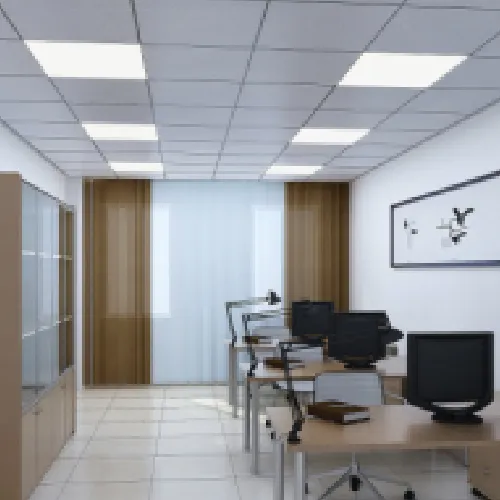8 月 . 10, 2024 01:25 Back to list
Various Dimensions and Specifications for Ceiling Access Panels in Different Applications
Understanding Ceiling Access Panel Sizes A Comprehensive Guide
Ceiling access panels are essential components in both residential and commercial buildings, providing easy access to vital services and systems located above ceilings, such as electrical wiring, plumbing, and HVAC ducts. These panels play a crucial role in maintenance and inspections, yet their effectiveness largely depends on choosing the right size for the specific application. In this article, we’ll delve into the various sizes of ceiling access panels, their importance, and considerations when selecting the right one.
Common Sizes of Ceiling Access Panels
Ceiling access panels come in a variety of sizes, catering to different needs and applications. Some of the most commonly used sizes include
- 12 x 12 Ideal for small openings where minimal access is required, such as electrical junction boxes. - 14 x 14 Offers a bit more room than the 12x12 panel, making it suitable for access to small utility areas. - 16 x 16 A versatile size often used in residential settings for accessing attic spaces or HVAC systems. - 24 x 24 Perfect for larger areas where more substantial access is needed, often used in commercial environments. - 30 x 30 Typically utilized for site-specific needs, allowing for worker comfort and mobility when accessing larger systems.
These sizes can vary by manufacturer, and custom sizes are often available to meet specific project requirements.
Importance of Choosing the Right Size
Selecting the appropriate size for a ceiling access panel is crucial for several reasons. A panel that is too small may not provide the necessary access for maintenance workers, leading to potential safety hazards and increased time and costs for repairs. Conversely, an overly large panel may compromise the structural integrity of the ceiling, affecting aesthetics and insulation.
ceiling access panel sizes

Additionally, improper sizing can lead to difficulties in locating and accessing hidden utilities
. A well-chosen access panel enables convenient entry to essential services, thereby minimizing disruption during maintenance activities.Factors to Consider When Choosing Access Panel Sizes
When selecting an access panel, several factors must be taken into account
1. Purpose Understand what systems need to be accessed and how frequently. For example, if the area needs regular access for maintenance, a larger size may be warranted. 2. Location Consider where the panel will be installed. In areas with higher foot traffic or that are exposed to the elements, robust materials and sizes may be necessary.
3. Regulations Some building codes require specific access panel sizes for safety and accessibility. Always check with local building regulations before making a purchase.
4. Type of Installation Whether the access panel will be flush with the ceiling or protrude slightly affects size choice. Flush panels provide a cleaner aesthetic, while protruding panels can be easier to install in certain situations.
Conclusion
Ceiling access panels are an integral part of building maintenance, ensuring that utility systems remain functional and accessible. Selecting the correct size for access panels is essential for safety, efficiency, and compliance with regulations. By understanding commonly available sizes and considering the specific needs of your project, you can make informed decisions that enhance the overall functionality of your space. Whether for a residential remodel or a large commercial project, giving careful attention to ceiling access panel sizing will pay off in the long run, providing a balance of accessibility and aesthetics.
-
Revolutionizing Interior Design with Ceilings t grid Suspended SystemNewsOct.29,2024
-
Revolutionizing Ceiling Design with ceiling access panel with Gypsum Tile WaterproofNewsOct.29,2024
-
Revolutionizing Interior Design with PVC Gypsum Ceiling: A Comprehensive GuideNewsOct.29,2024
-
Elevating Interior Design with High quality Mineral Fiber Ceiling TilesNewsOct.29,2024
-
Revolutionizing Interior Design with PVC Gypsum Ceiling: A Comprehensive GuideNewsOct.29,2024
-
Elevating Interior Design with High-Quality Mineral Fiber Ceiling Tiles: A Comprehensive GuideNewsOct.29,2024







